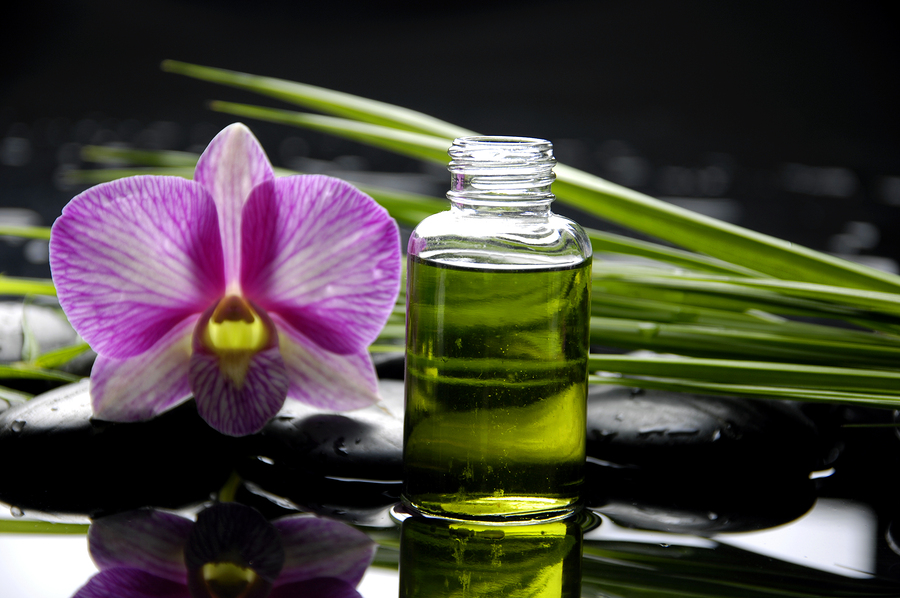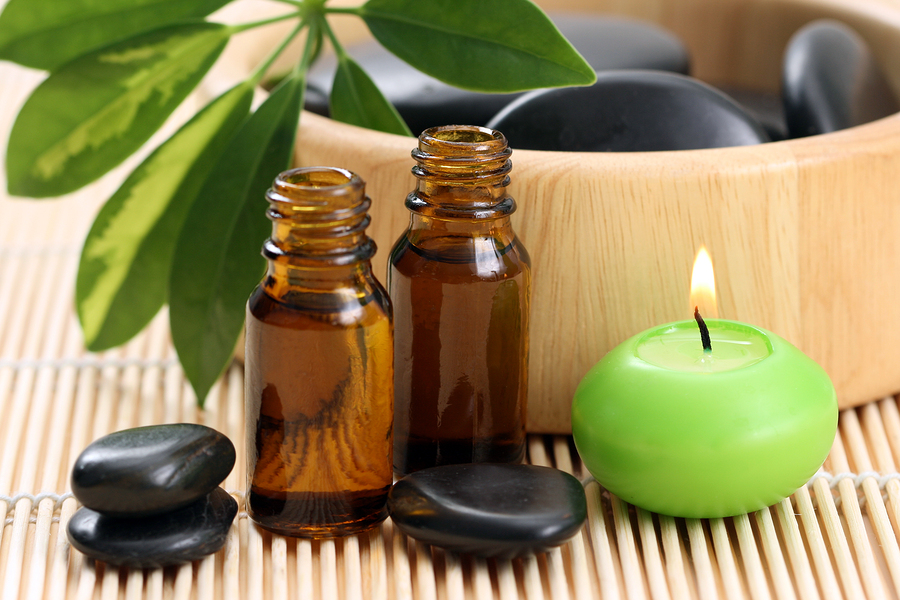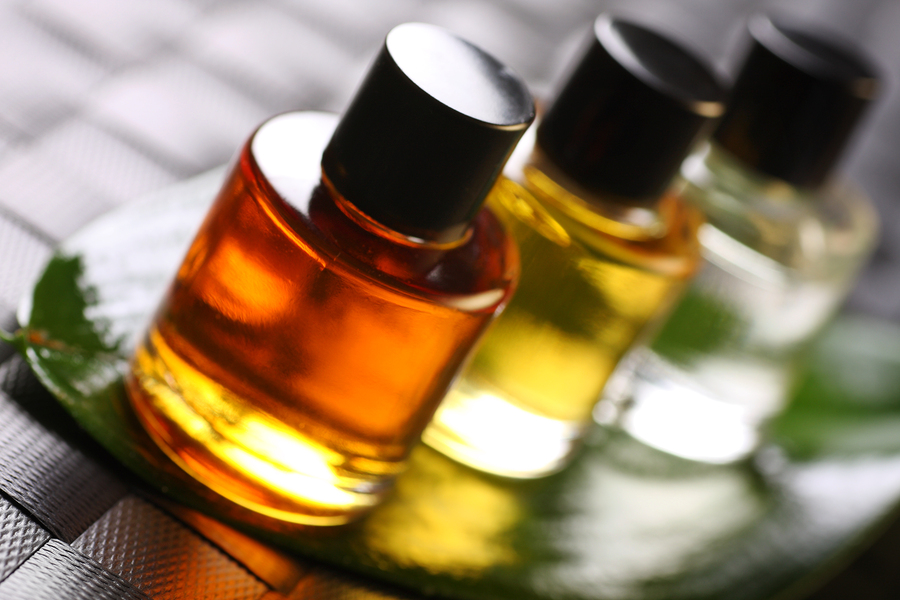- Make It Yourself Lavender Heart-Shaped Bath Bombs!
- 20 Things You Never Knew About “Down There”
- 12 Best Foods For Those Suffering From Arthritis Pain
- 12 Personal Hygiene Mistakes Almost Everyone Makes (Mom Never Told You About #4!)
- 15 Medicinal Plants And Herbs From The Cherokee People
- 12 Mind-Blowing Benefits Of Drinking Coconut Water During Pregnancy
- 12 Outstanding Winter Foods That Won’t Fatten You Up Like A Christmas Turkey
The Many Benefits Of Frankincense Oil

Photo credit: bigstock.com
Frankincense is one of the oldest remedies known to man. For thousands of years it has been a prized possession in cultures all over the world, particularly in the Middle East, where it was mentioned in several Biblical passages. Frankincense is believed to be one of the valuable items the Three Wise Men brought to the infant Jesus in the Gospel. But how did frankincense become so highly regarded? What is it about this ancient essential oil that made it such an important item in so many cultures?
What is Frankincense?
Frankincense is derived from the sap of Boswellia trees native to Yemen and Oman, as well as the countries in the “Horn of Africa” region (Somalia, Ethiopia and Djibouti). The harvesting of the sap is time-intensive process. A hole is drilled into the tree, which allowed the white, gooey sap to ooze out. This sap is actually not harvested, but allowed to dry out before the tree is tapped a second time. (The initial tapping is thought to remove impurities in the Bosweliia wood.) The entire process takes around two weeks, and once the sap is extracted it is allowed to dry into the finished product — a gum-like substance called frankincense. It can be difficult to find in many regions of the world, especially the higher quality varieties. Luckily, the oil derived from it is easy to find and contains many health benefits.
Frankincense is, as the name implies, usually burned as incense. It is popular throughout the Middle East, East Africa, and India, and is used in Roman Catholic masses. The smell of frankincense is somewhat challenging to describe. It is strong, spicy and earthy, and yet it has a hint of fruitiness to it as well.
Frankincense oil is an essential oil, which means it is distilled from the original plant and retains its distinct scent.
Continue to Page 2

Photo credit: bigstock.com
How to Pick the RightFrankincense Oil
It is important that you only buy pure frankincense essential oil. If it is a reputable brand, it should be clearly labeled as such. Many brands are actually “fragrance oils,” which have the scent, but none of the health benefits. Fragrance oils are usually cheaper, but as with anything in life, you get what you pay for.
What are the Health Benefits?
As mentioned earlier, frankincense has historically been used as incense. In its oil form, this tradition continues in the form of aromatherapy. Frankincense oil fumes can be inhaled directly or diffused with a vaporizer. The fumes provide a feeling a relaxation and tranquility, which is useful for people coping with stress or anxiety.
But what makes frankincense oil stand out from other essential oils and incense varieties is the number of scientifically verified health benefits it possesses. Studies have shown the following benefits:
- Anti-inflammatory qualities. Chronic inflammation is a telltale sign of poor health and can contribute to further health problems as well. Luckily, frankincense oil has been shown to inhibit the formation of inflammatory molecules. This has the potential to provide relief to people suffering from inflammatory conditions like arthritis or rheumatoid arthritis.
- A Natural Dentist? Frankincense oil also has antiseptic qualities, which means it can help fight mouth conditions like bad breath, plaque, cavities, and more.
- Fighting respiratory illness. The expectorant properties of this essential oil mean that it can help alleviate congestion and clear out phlegm built up by common colds, bronchitis and other respiratory conditions.
- Improved Digestion. Frankincense oil promotes peristaltic motion, which is what allows food to move smoothly through the digestive tract. It also aids in the actual process of digestion itself by increasing your body’s production of gastric acids and juices which break down food into usable molecules.
- In addition to this, frankincense oil has disinfectant and astringent properties, which can speed up the healing of wounds and reducing the appearance or wrinkles.
Continue to Page 3

Photo credit: bigstock.com
How isFrankincense Oil used?
The oil can be used topically, orally, or for aromatherapy. Frankincense oil for topical use can be applied on its own or mixed with a carrier oil which acts as a base. A good choice for this is coconut oil or skin creams. It also blends well with citrus oils, lavender, bergamot, myrrh, almond, and avocado oils.
To apply to minor cuts, apply a few drops diluted with clean water.
To use frankincense oil for internally, only use a drop or two. Frankincense is a potent substance and too much can make you sick. Mix a drop with a teaspoon of honey or coconut oil and take directly, or drop into a small glass of water to drink.
For aromatherapy, use a diffuser or vaporizer. You can also simply add it to bath and enjoy the scent while you soak.
Does Frankincense Oil Have Cancer Fighting Properties?
There has been a number of articles lately touting newly discovered properties of frankincense that suggest it may be effective in treating cancer. A study at Leicester University revealed that frankincense contains a chemical compound called acetyl-11-keto-beta-boswellic acid, or AKBA. In the experiment, this compound proved effective at killing ovarian cancer cells. It was so effective, in fact, that it may offer hope in cases where conventional treatments have failed.
“What has been most surprising is that the cells we have tested which are resistant to chemotherapy have shown to be more sensitive to this compound,” said Dr. Mark Evans of the Department of Cancer Studies and Molecular Medicine. “[F]rankincense may indeed be able to help overcome drug resistance, and lead to an improved survival rate for patients with late-stage ovarian cancer.”
READ ALSO: Better Living With Bergamot Oil
More research needs to be done to establish the full extent of frankincense’s cancer-fighting properties, but anything that shows promising results in fighting treatment-resistant cancer cells is good news. It’s a safe assumption that we can expect more positive developments as more testing is done and the use of frankincense becomes more widespread.
References:































